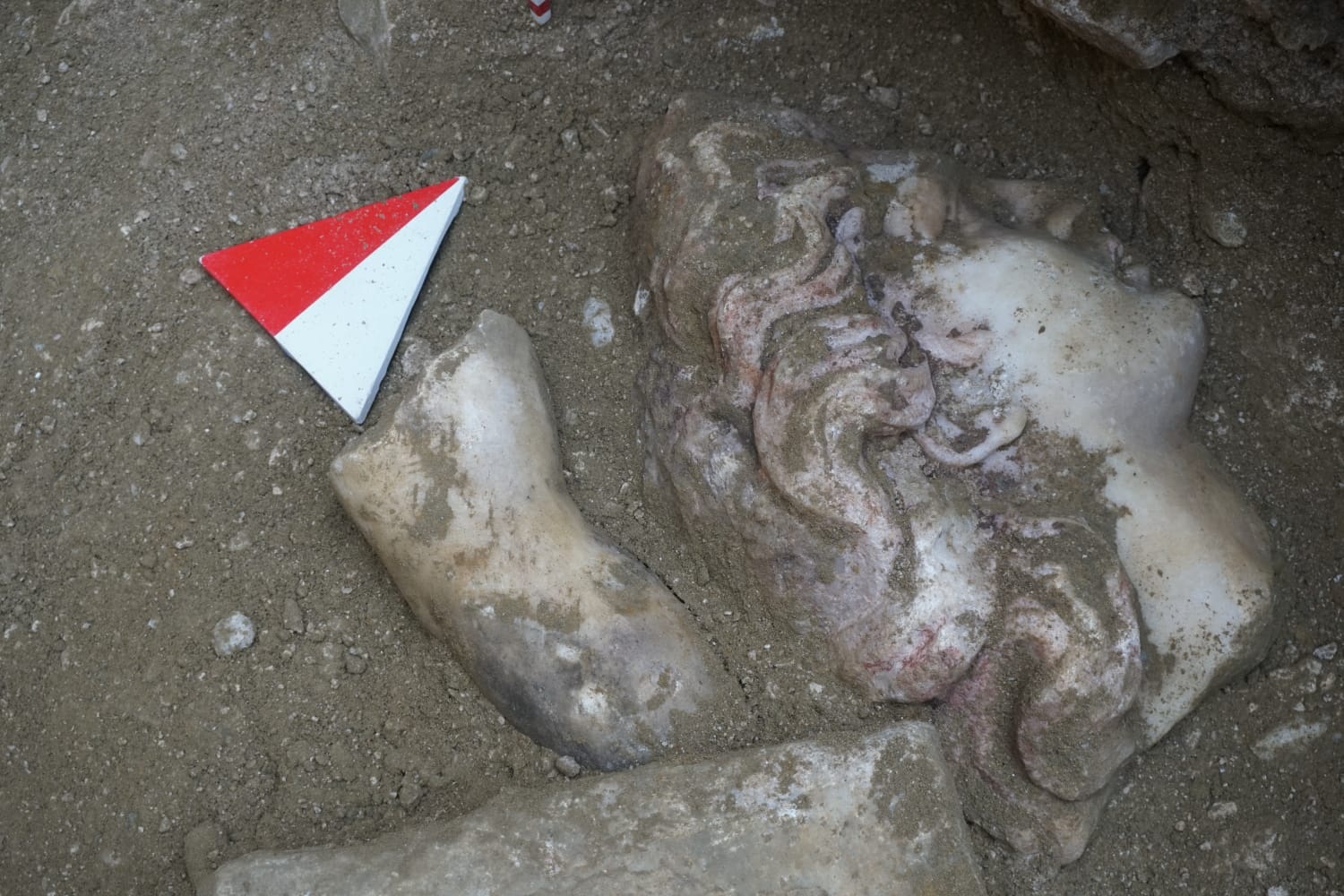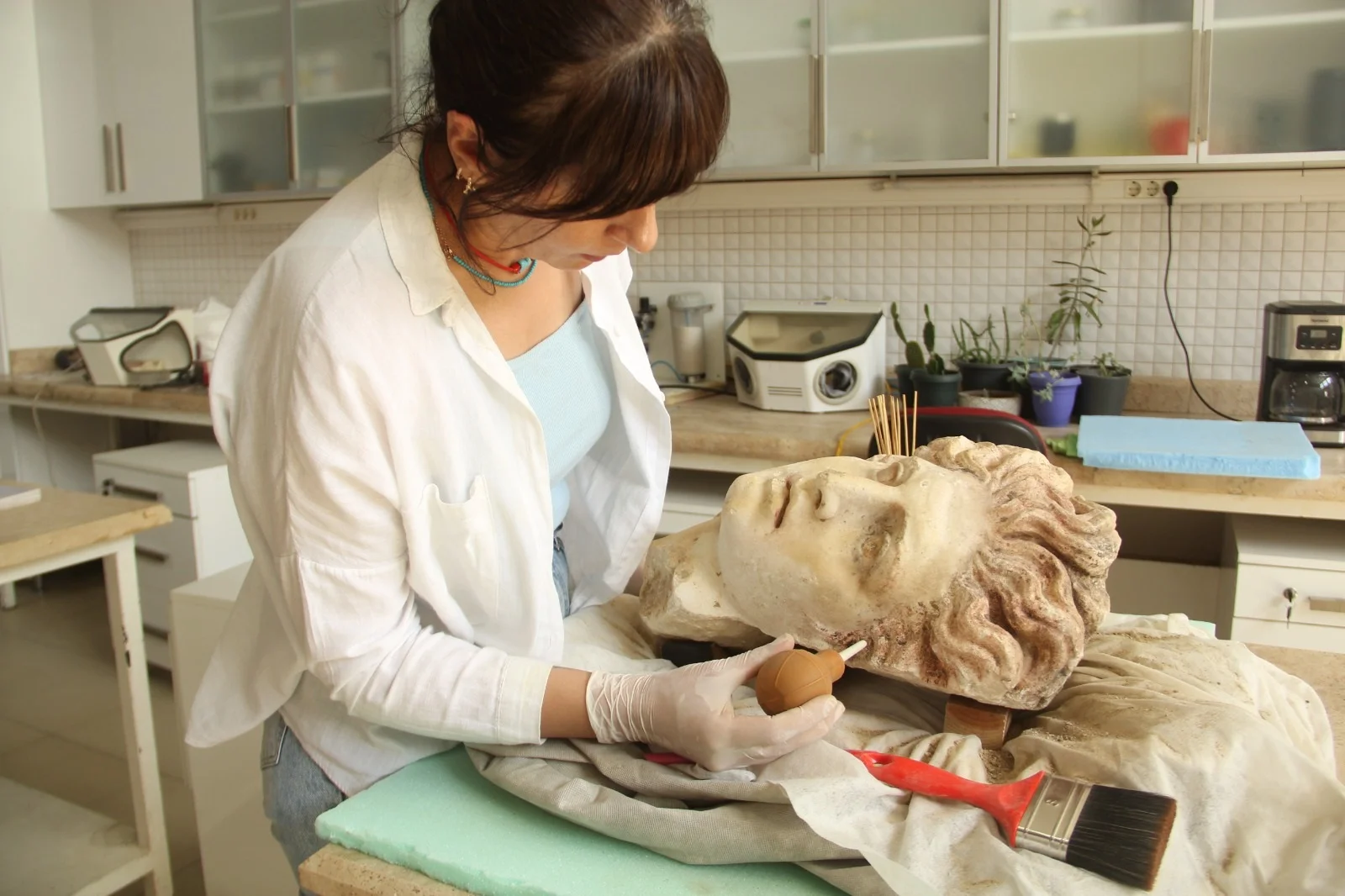Excavations in ancient Laodicea have revealed a rare collection of painted Scylla statues.
Laodicea was an Ancient Greek city on the river Lycus, located in the present-day Denizli Province, Turkey.
The city was founded between 261-253 BC by Antiochus II Theos, king of the Seleucid Empire, in honour of his wife Laodice. Over the next century, Laodicea emerged as a major trading centre and was one of the most important commercial cities of Asia Minor.
After the Battle of Magnesia during the Roman–Seleucid War (192–188 BC), control of large parts of western Asia Minor, including Laodicea, was transferred to the Kingdom of Pergamon. However, the entire Kingdom of Pergamon would eventually be annexed by the expanding Roman Republic in 129 BC.
The many surviving buildings of Laodicea include the stadium, bathhouses, temples, a gymnasium, two theatres, and the bouleuterion (Senate House).

Recent excavations led by Prof. Dr. Celal Şimşek from Pamukkale University have revealed a rare collection of painted Scylla statues during restoration works of the stage building in the Western Theatre.
In Greek mythology, Scylla is a man-eating monster who lives on one side of a narrow strait, opposite her counterpart, the sea-swallowing monster Charybdis. The two sides of the strait are so close (within an arrow’s range), that sailors trying to avoid Charybdis’s whirlpools would dangerously come into range of Scylla.
Scylla is first mentioned in Homer’s Odyssey, where Odysseus and his crew encounter both Scylla and Charybdis during their voyage back to Ithica following the conclusion of the Trojan War.
In a press statement by Nuri Ersoy, Minister of Culture and Tourism: “These extraordinary sculptures are quite important in terms of being rare works that reflect the baroque style of the Hellenistic Period and have survived to the present day with their original paints.”
The archaeologists suggest that the sculptures were made by sculptors in Rhodes during the early 2nd century BC and are the oldest known examples from antiquity.
Header Image Credit : Nuri Ersoy
Sources : Ministry of Culture & Tourism







